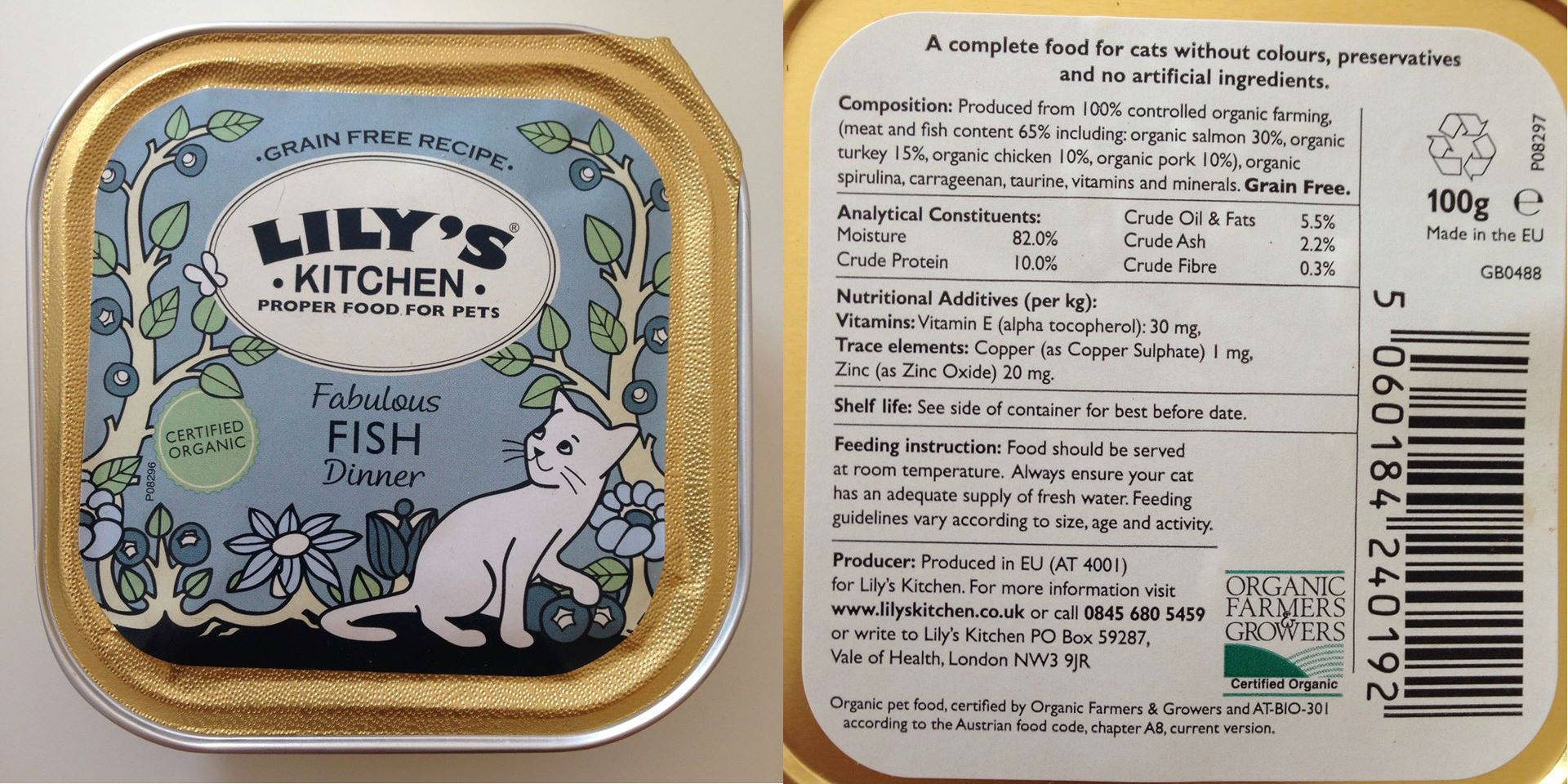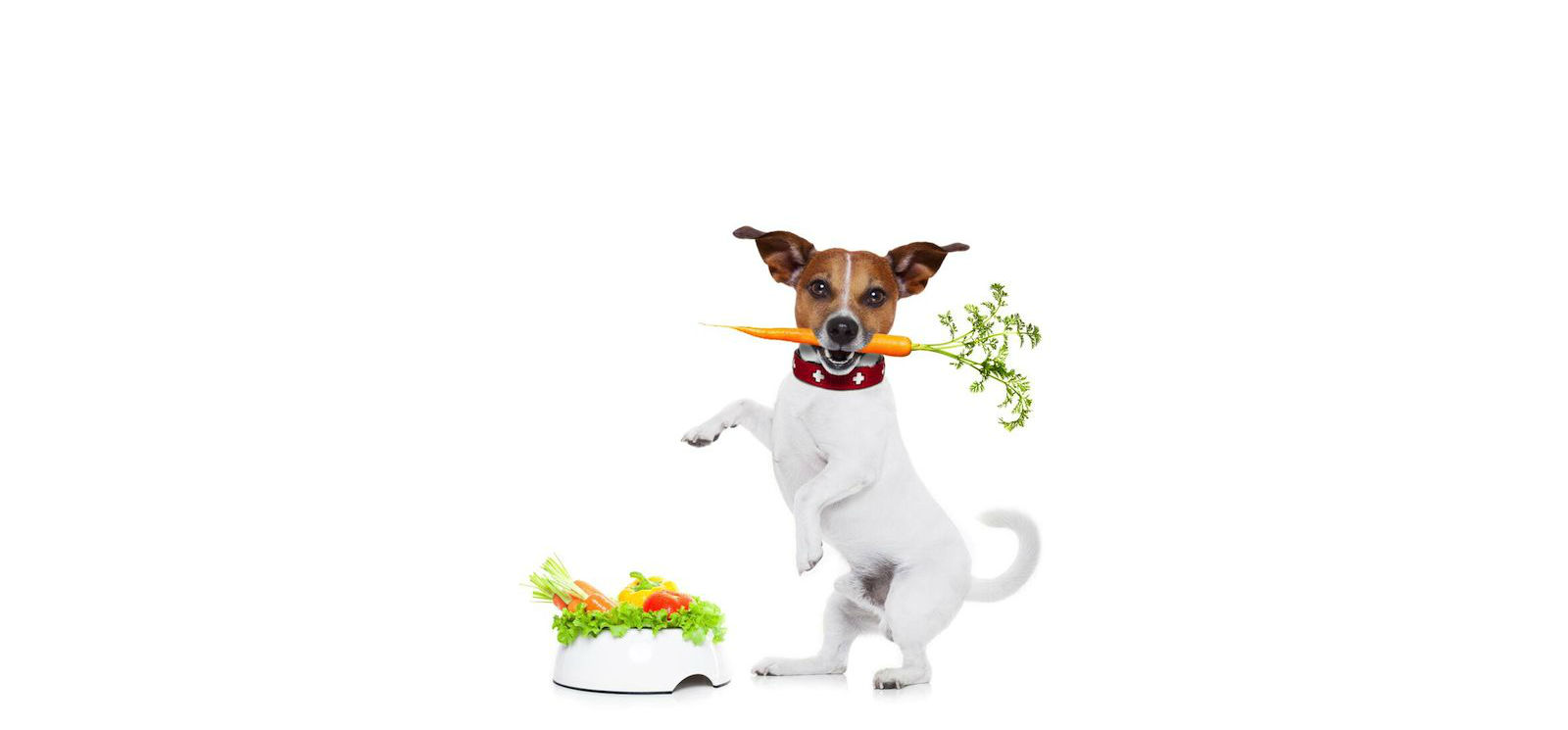You need to be careful with what you feed to your dogs. They can be very sensitive. They don’t have the same digestive system as human beings. You might think that they are tough enough as they can eat just about anything they see, but they are not.
They are frail in so many ways. They have allergies too just like human beings. There are even foods that will automatically cause their organs to fail. Unless you can bring them to the vet as soon as the allergies start to kick in, they might die. This is something you want to avoid.
Bananas are among the foods that we are not certain of when it comes to their safety for pets. You can relax now. Bananas are safe for dogs. It does not mean though all fruits are safe. Just because you are told by your doctor to stay healthy by eating lots of fruits, your dogs can do the same thing. Fruits have different properties. This means they may or may not be safe for your pet.
They might have some issues with fruits like cherries, grapes and walnuts. It is best to just avoid all of them if you don’t want to place your dog at risk. You always have to double check the properties of the food before you give it to the dog. Better yet, consult your vet for help.
Below is an infographic to help you out. Once you have understood what your dog can eat, eat in moderation and cannot eat, it is easier for you to check what goes into their plates. Again, if you love your pet so much, you will look into all these details before giving them anything to eat.
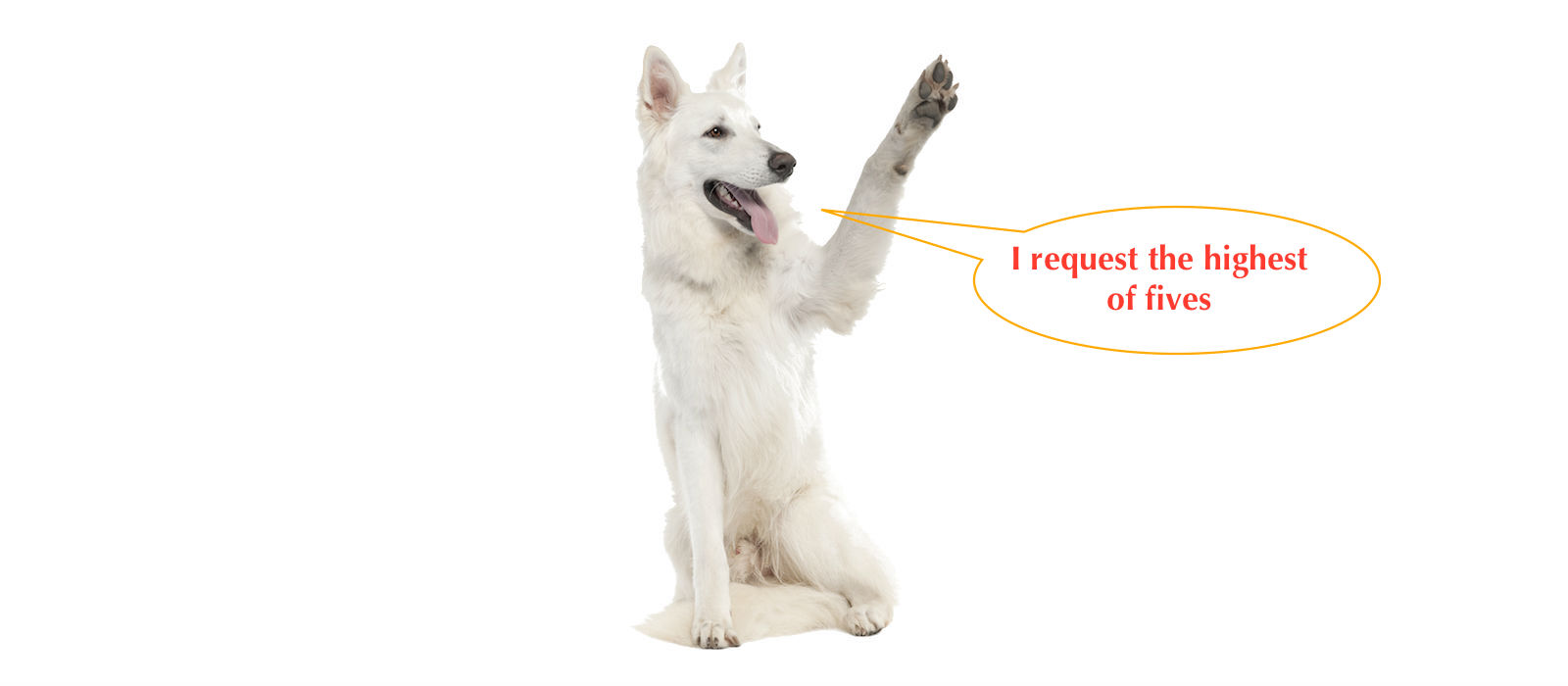
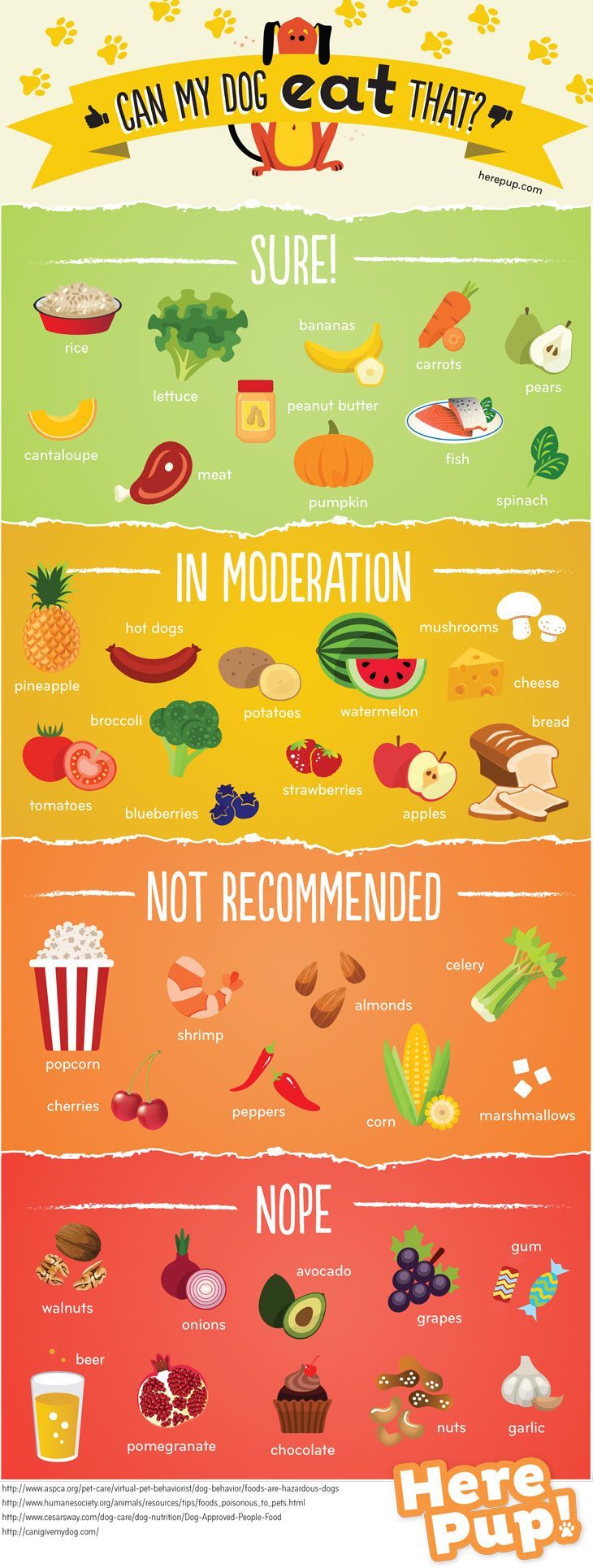
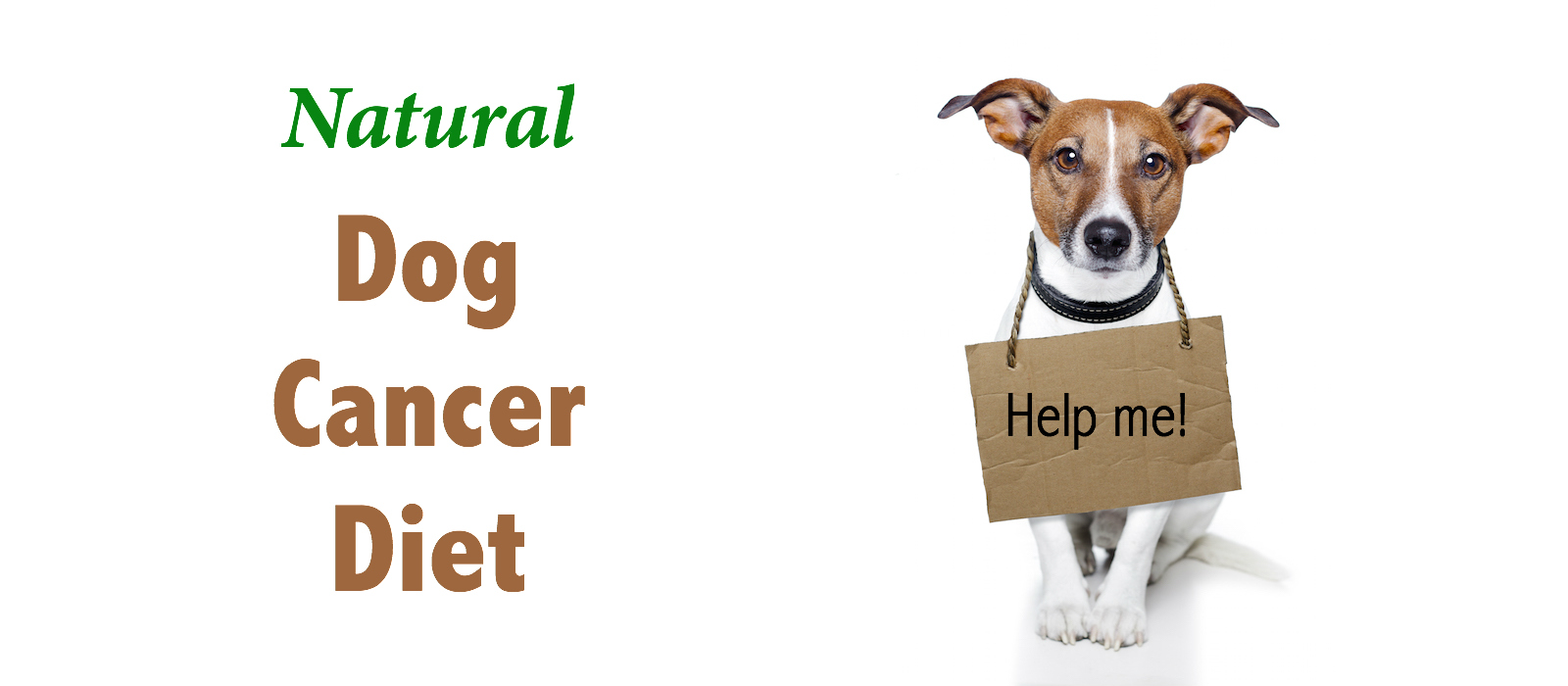
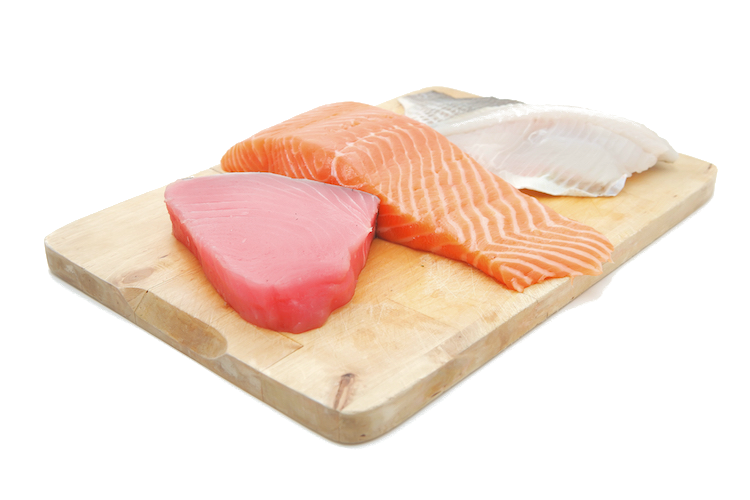 The food contains a reduced proportion of carbohydrates, to not supply additional energy to the tumor, while the fat and protein content is increased, so that the body reserves can be replenished. By adding omega-3 fatty acid and the amino acid arginine immune function is increased and the depletion can be counteracted. The lining is only available as canned food and only for dogs and can be given during the entire lifetime of a dog with cancer. However, it has no preventive function, so is not suitable for healthy dogs that should be fed natural and organic dog food.
The food contains a reduced proportion of carbohydrates, to not supply additional energy to the tumor, while the fat and protein content is increased, so that the body reserves can be replenished. By adding omega-3 fatty acid and the amino acid arginine immune function is increased and the depletion can be counteracted. The lining is only available as canned food and only for dogs and can be given during the entire lifetime of a dog with cancer. However, it has no preventive function, so is not suitable for healthy dogs that should be fed natural and organic dog food.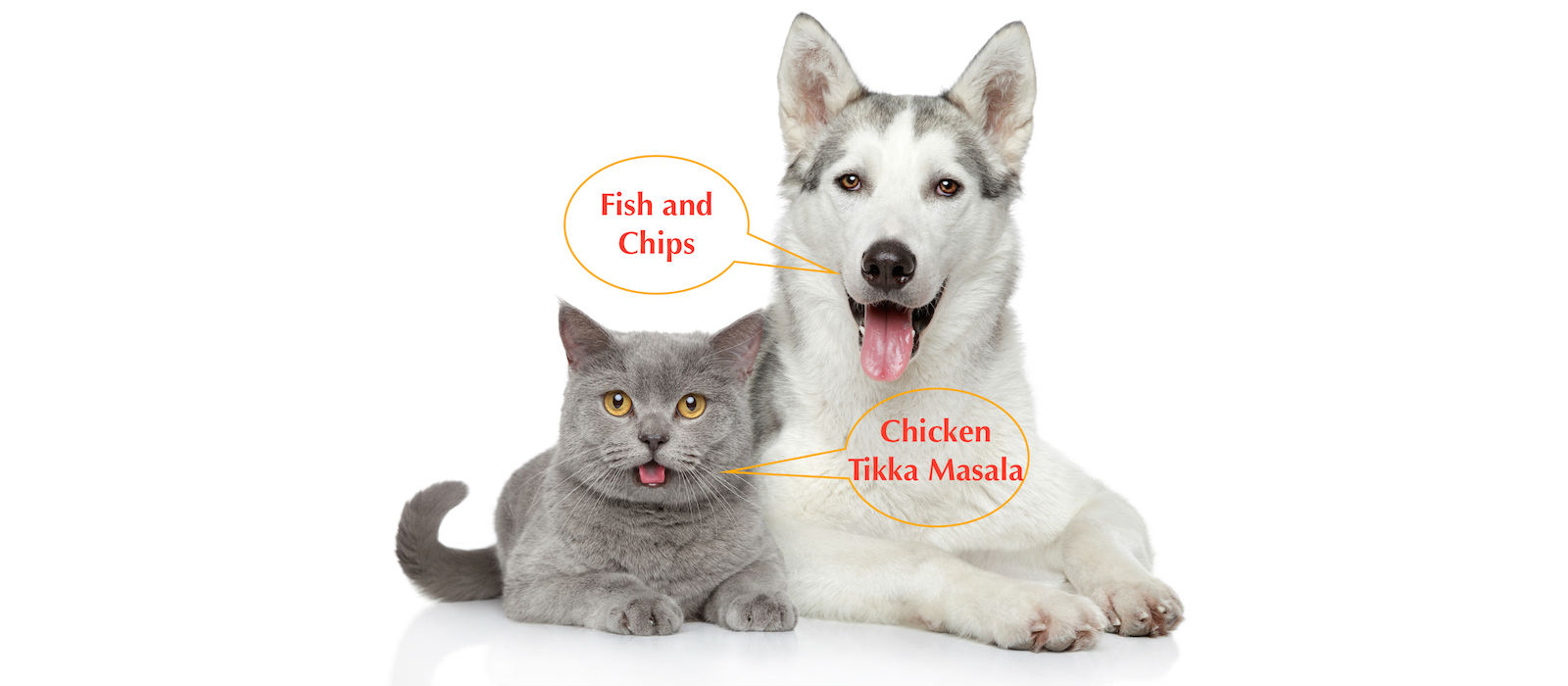
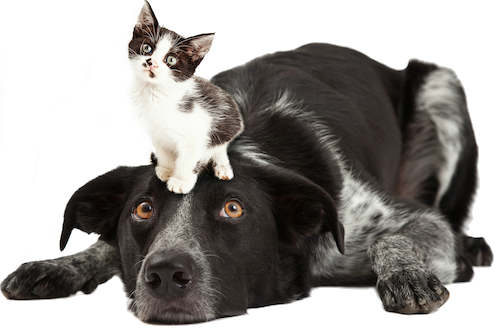 Dogs and cats are both carnivores and thus have very similar requirements for their food. The few differences are:
Dogs and cats are both carnivores and thus have very similar requirements for their food. The few differences are: